Back in 1946, the Australian government founded an airline called Trans Australia Airlines or TAA for short. It operated primarily domestic routes for 40 years, before being renamed Australian Airlines in 1986. That re-brand didn’t last long, as the airline was merged with Qantas in 1992, becoming their domestic arm.
While at home recently, I found an Australian Airlines brochure detailing their offering, probably issued to travel agencies during 1988. Inside the book are the seat maps of the fleet which I thought were worth sharing.
Australian Airlines Flagship
The Airbus A300B4-203 was the flagship of the fleet. Five aircraft were purchased from Airbus, which were delivered from 1981. It seemed to be a little bit too much aircraft for the 1980s, as one was sold in 1987 and others were leased out for periods of time.
The Ubiquitous Boeing 727-200
Once upon a time, the Boeing 727 ruled the sky in many countries throughout the world. In Australia, they arrived from 1964 with both Ansett-ANA and TAA putting them into service at the same time. The larger 727-200 entered TAA service in 1973 and that is what we see here.
The Boeing 737-300
Australian Airlines was introduced to the public in 1986, with the delivery of the Boeing 737-376 aircraft. The modern branding was quite interesting and television was drenched with commercials touting the “new” airline.
An “Australian” Douglas DC-9
The Douglas DC-9-30 entered service with TAA in 1967 and when Australian Airlines was created were already slated for retirement. This meant that none of them appeared in the new airline’s livery.
Australian Airlines Brochure Page
For completeness, below you’ll find the entire page out of the brochure. You’ll see it notes that “business class can expand or contract, depending upon passenger demand.”
Overall Thoughts
While timetables are generally the place to find airline seating plans, there is plenty of other ephemera like these travel agency brochures that also displayed them. Most of them would have been disposed of, but my Dad had friends in travel and knowing he had a son into planes wasn’t shy about asking for free stuff from time to time.
Vintage seat maps do illustrate that apart from some changes due to classes, not a lot has changed over the years. Everyone faces forward with the same cross section as we’re all used to today.
Did you ever fly with Australian Airlines or TAA? What were they like? Thank you for reading and if you have any comments or questions, please leave them below.
Like planes? See my “Does anyone remember” series.
Flight reviews your thing? Mine are all indexed here.
Follow me on Facebook, Twitter and Instagram.
Featured image by John Richard Thomson on Airliners.net.
Airbus A300B4 by Rob Finlayson via Australian Aviation.
Boeing 727-276 image by Daniel Tanner on Airliners.net.
Boeing 737-376 postcard via jjPostcards.
Douglas DC-9 by Aviation Photography Miami via Wikimedia Commons.


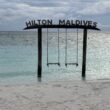










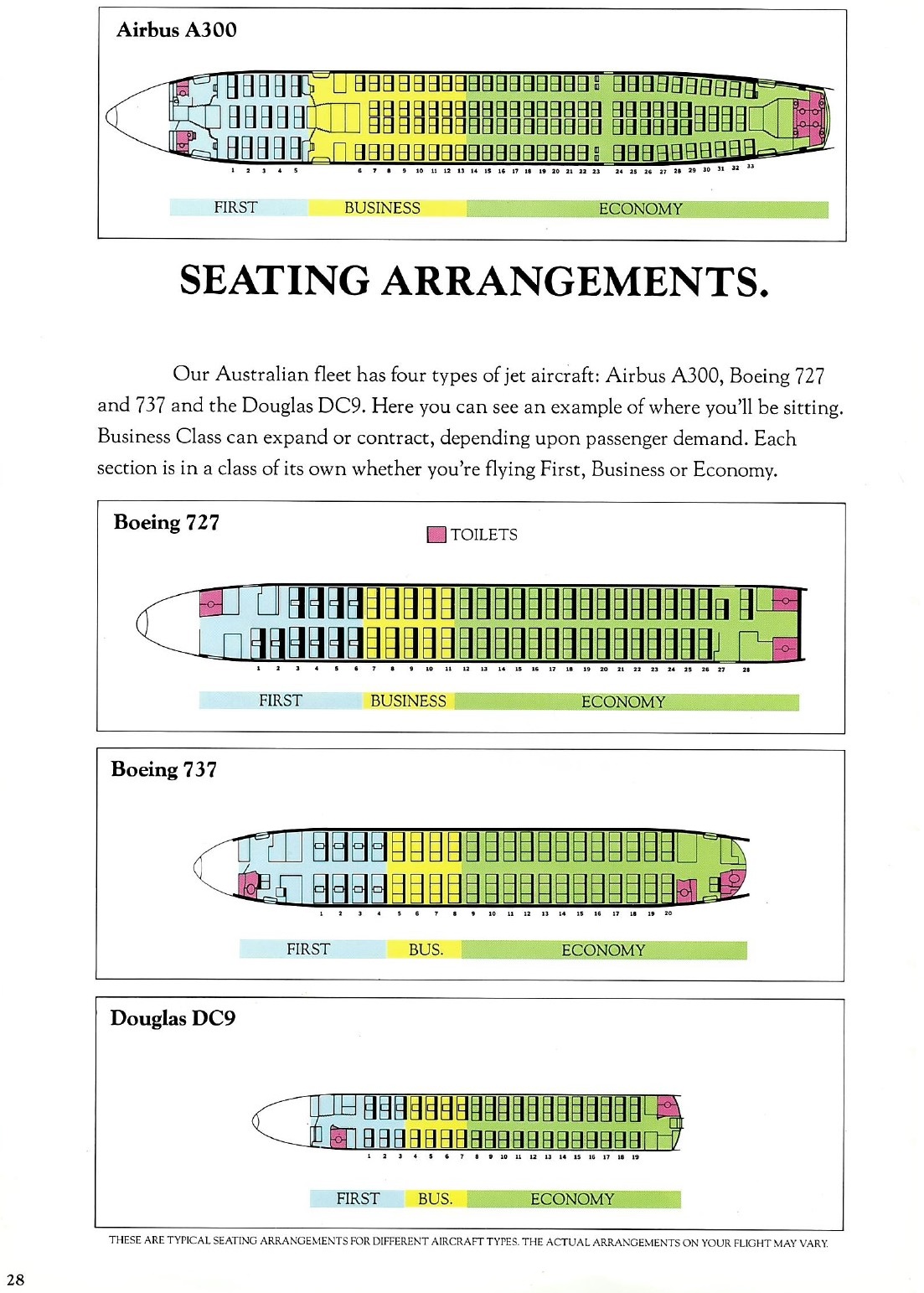


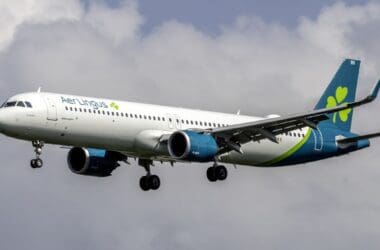
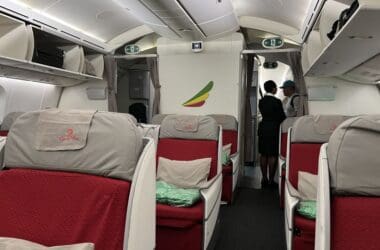
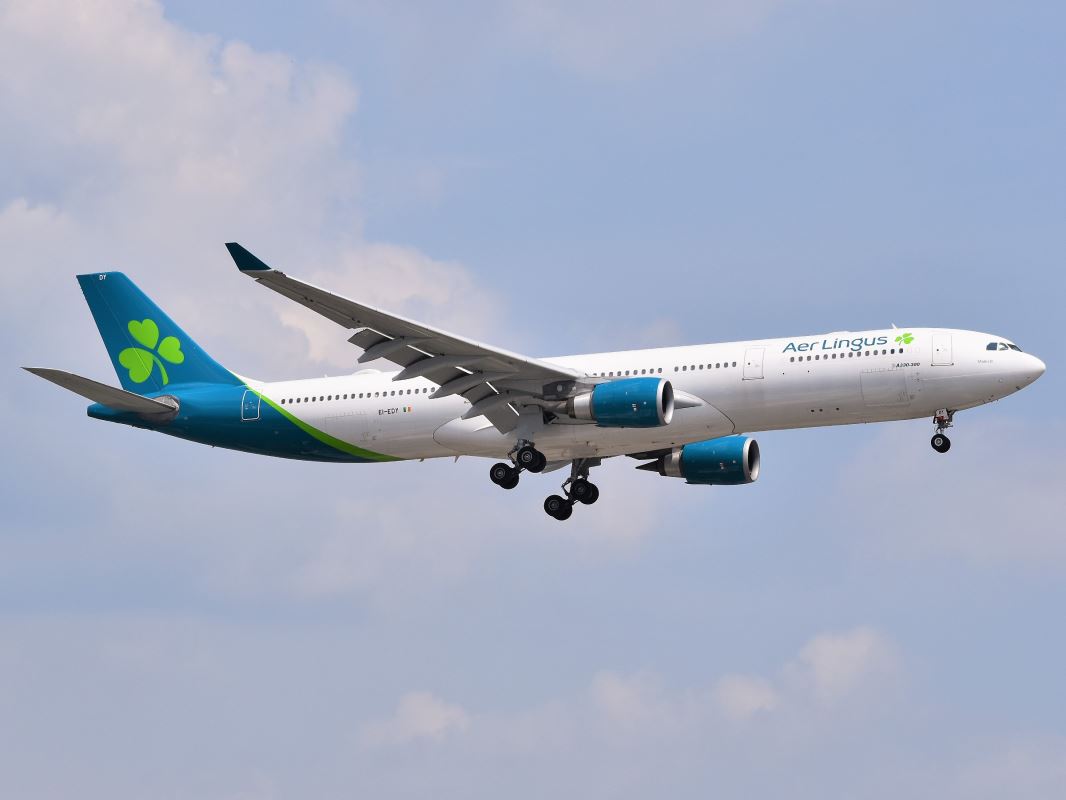
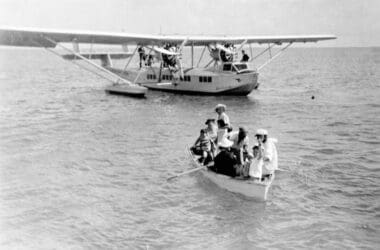
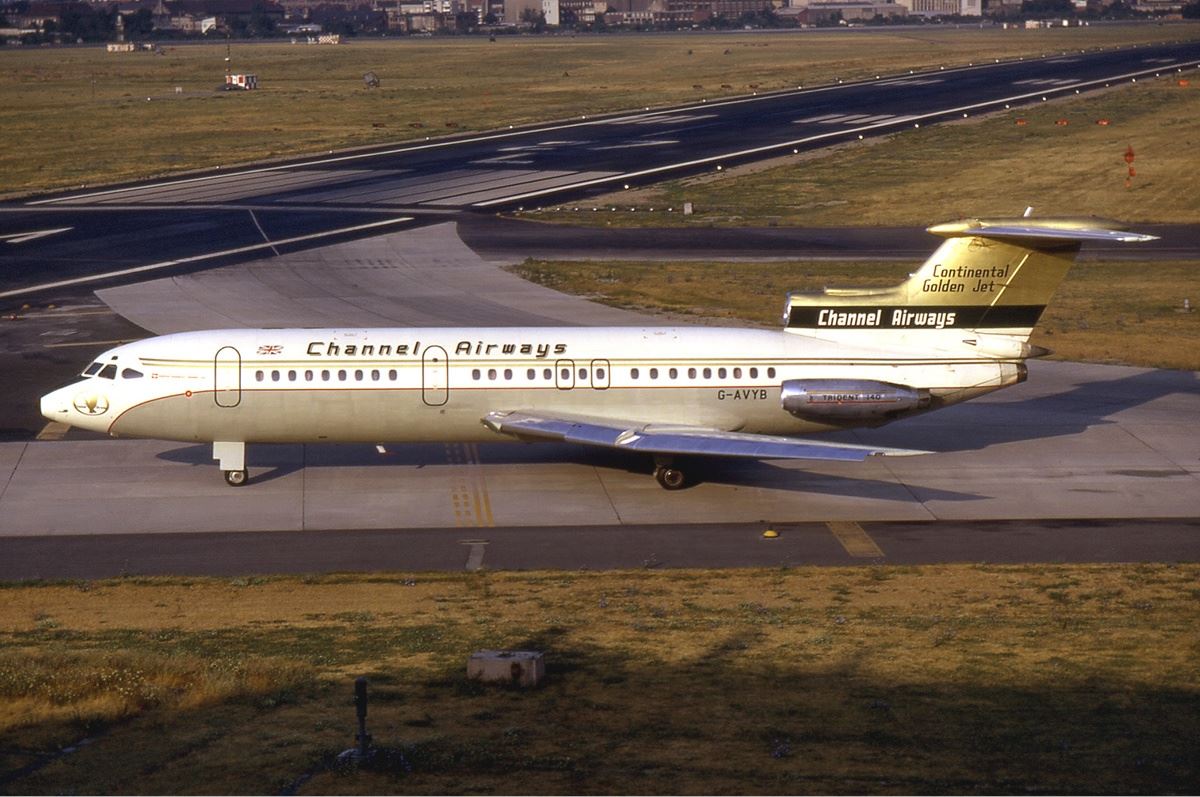

My mum was an Ansett Airlines aircraft cleaner in Mount Isa Queensland for over 20 years. My favourite aircraft was the 727 that would do the BNE-ISA-DRW-ISA-BNE flights (I think it was 2 or 3 times per week). As I got older, mum let me come and help her to earn some pocket money and when I was old enough to drive, I would often clean the planes on the weekends. By that time, the 727 was gone and replaced with the 737. They also dropped Darwin from the route and it would end up just being a turn around flight back to Brisbane. Obviously we flew mostly Ansett, but I think I did fly TAA once or twice.
Sounds like fun times to be around aviation, especially with those icons of the Australian skies like Ansett and TAA. Things have certainly changed since then! Thanks a lot for sharing your memories on those – that’s pretty cool!